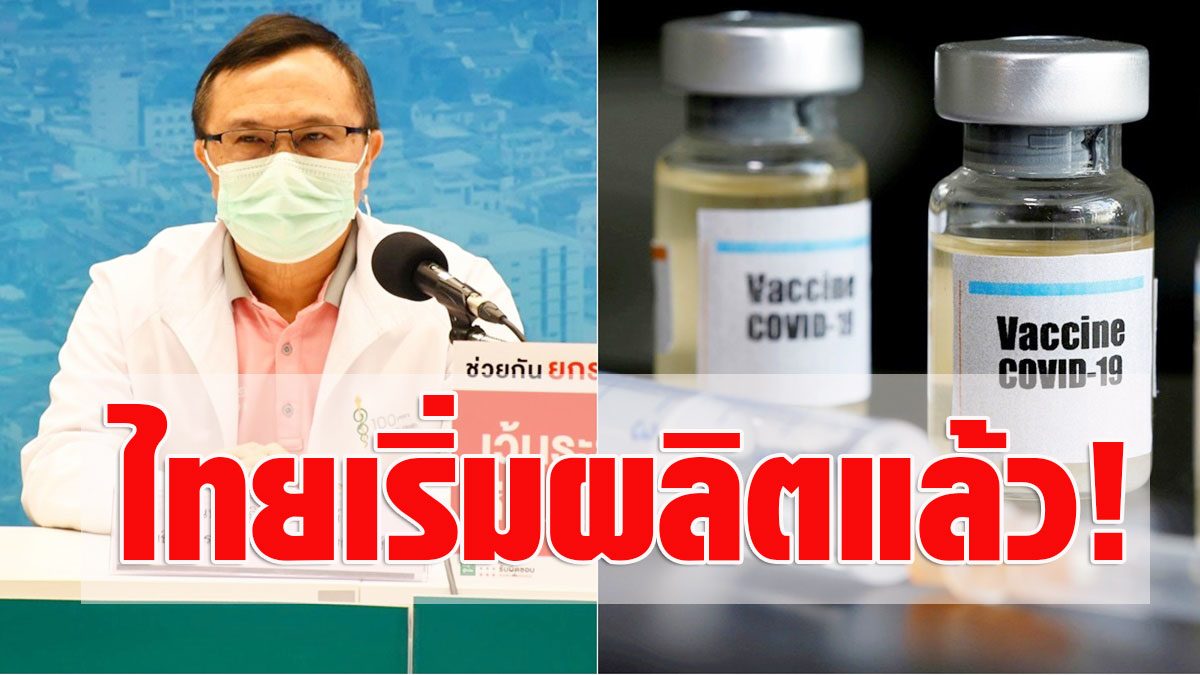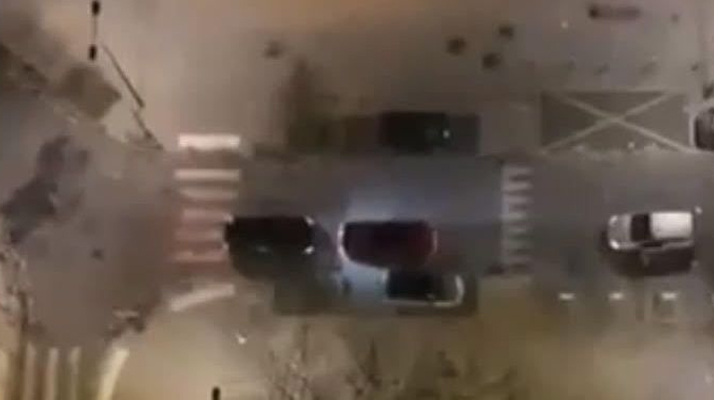It is the period of all dangers between Tehran and Washington. Less than three weeks before Joe Biden takes office, the anniversary of the assassination of Qassem Soleimani, head of foreign operations of the Iranian Revolutionary Guards, killed by an American strike in Baghdad (Iraq) on January 3 2020, has raised the temperature. “Those who played a role in this murder will not be safe anywhere on this earth” warned, Friday 1is January, the head of the judicial authority in Iran, Ebrahim Raïssi, during an event at the University of Tehran.
→ REPORT. Baghdad under tension a year after the death of Qassem Soleimani
In Baghdad, anti-American demonstrations took place on Sunday, January 3, at the call of Hachd al-Chaabi, the coalition of pro-Iranian Shiite militias in Iraq. In the Gulf, Iran has alerted its air defense, naval forces and other units to the US deployment of B-52 bombers and a Tomahawk missile submarine. Finally, in a letter dated December 31, Iran told the International Atomic Energy Agency (IAEA) of its desire to produce 20% enriched uranium at its Fordo underground facility.
« Watch out for the trap »
“Watch out for the trap”Iranian Foreign Minister Mohammad Javad Zari tweeted on Saturday January 2. “Israeli agent provocateurs plan attacks on Americans” to place “Trump in a dead end with a manufactured casus belli”. “All fireworks will experience a serious flashback, especially against your best friend”, he added.
In December, Donald Trump warned that he ” would hold Iran responsible ” in the event of attacks against Americans in Iraq. The US Defense Minister, Christopher Miller, however, ordered the return of the US aircraft carrier USS Nimitz, deployed in late November in the Gulf to strengthen air cover of the area during the withdrawal of US troops from Iraq, Afghanistan. and Somalia.
Tehran’s announcement of another breach of the 2015 nuclear deal puts pressure on Joe Biden who has signaled his intention to bring the US back into the deal if Iran complies again scrupulously the terms. The new president will only have four months to lay the foundations for a revival, ahead of the Iranian presidential election in June 2021.
Return to pre-chord enrichment level
According to the latest IAEA report, published in November, Tehran was enriching uranium to a degree of purity above the limit provided for in the Vienna agreement (3.67%), but did not exceed the threshold of 4 , 5%, and still complied with the very strict regime of IAEA inspections. Uranium enriched to 20% corresponds to the highest level produced by Iran before the 2015 agreement. This level is not sufficient to produce a bomb but it requires little additional enrichment to reach the required threshold of 90%.
After the assassination at the end of November of an Iranian nuclear physicist, Mohsen Fakhrizadeh, the Iranian parliament adopted a law recommending the production and storage of “Less 120 kilograms per year of 20% enriched uranium” and of ” end “ to IAEA inspections. The Iranian government had opposed the initiative, which was denounced by other signatories to the agreement, which had called on Tehran not to “Compromise the future”. ” The “democracies” cannot ask Iran to violate parliamentary law ”, had warned the Minister of Foreign Affairs, Mohammad Javad Zarif.
– .


